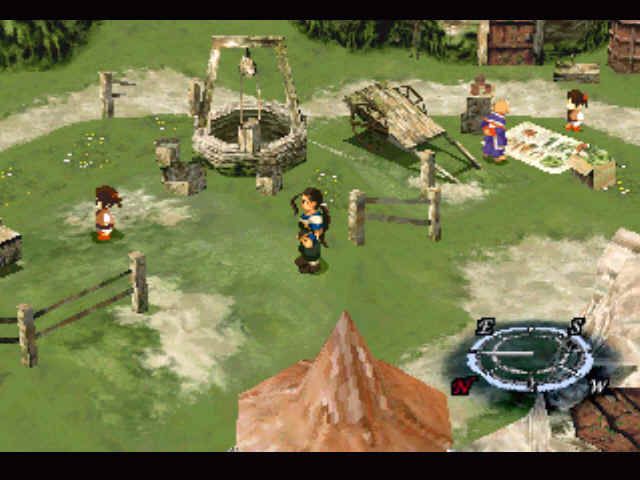Discokuningas
Moblin
"Monolith has both improved the overall visual quality while greatly boosting image quality, achieving this via what looks like a temporal super-resolution solution, taking those lower pixel counts up to a passable rendition of 1080p when docked and 720p in portable play."
But don't you know that only numbers matter?


